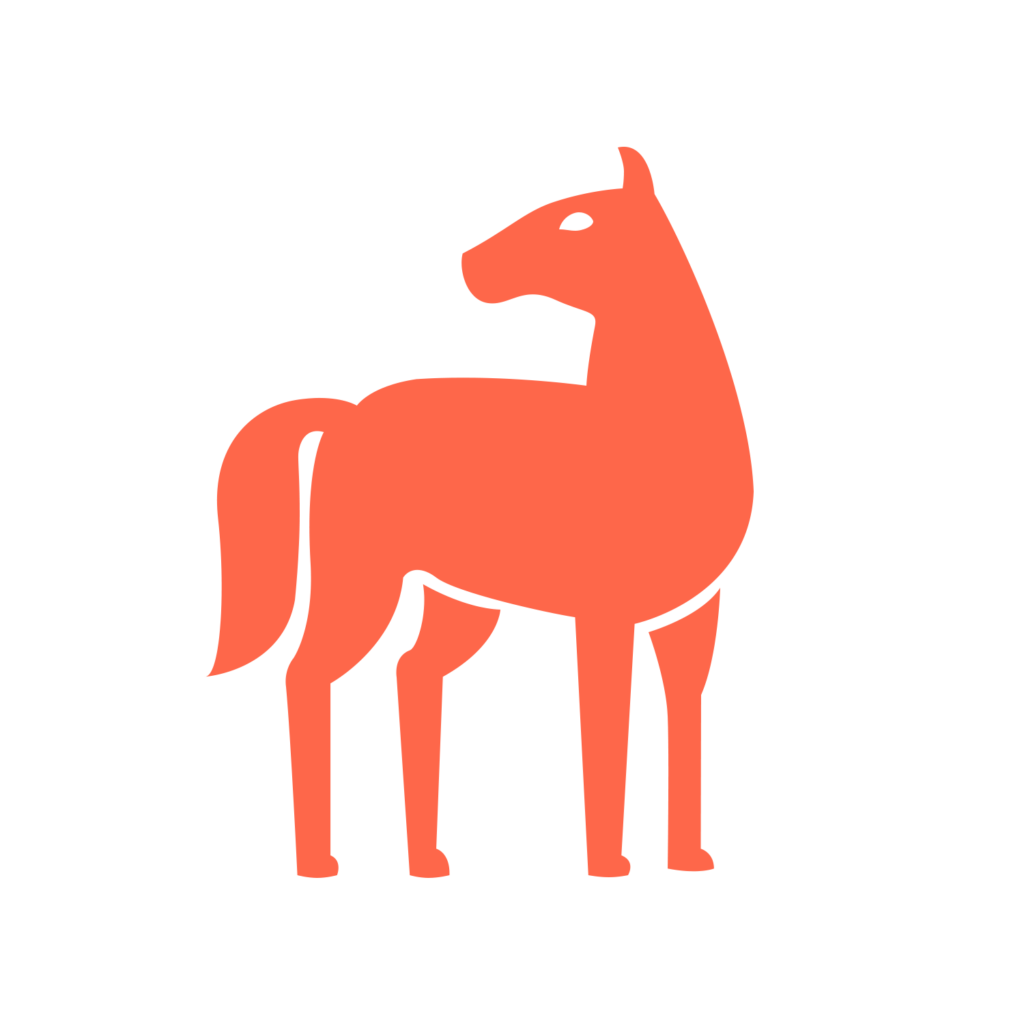

Cerebellar Abiotrophy
Turnaround: 3-5 business daysTurnaround: 7-10 business days
Price: $40.00Price: £30.00
Breeds: Andalusian/Arabian, Anglo-Arabian, AraAppaloosa, Arabian, Arabian Cross, Arabian/Dutch Warmblood, Arabian/Friesian Cross, Arabian/Paint, Arabian/Pinto, Arabian/Quarter Horse, Arabian/Saddlebred, Arabian/Thoroughbred, Arabian/Warmblood, Egyptian Arabian, German Riding Pony, Half-Arabian, Hispano-Árab, Karabakh Horse, Lusitano, Mixed Breed, Part Bred Arabian, Shagya Arabian, Swedish Riding Pony, Unspecified
Description
Cerebellar Abiotrophy (CA), also referred to as Cerebellar Cortical Abiotrophy (CCA), is a genetic neurological disease in certain breeds of dogs, cats, and horses. The disorder manifests itself when Purkinje cells, the neurons that affect balance and coordination, begin to die off within the cerebellum. As these neurons die off, the animal’s coordination is severely affected.
Cerebellar Abiotrophy (CA) is a condition known to affect the Arabian horse, the Miniature horse, the Gotland Pony, and possibly the Oldenburg. In most cases, foals appear normal at birth. Symptoms generally become noticeable after four months. There have been reported cases where the condition was observed shortly after birth, while others report symptoms developing after the first year.
Horses affected with CA tend to startle easily and often fall. Common symptoms include head tremor, a lack of balance, and other neurological issues. Affected horses may develop a wide-based stance and have difficulty rising from a reclining position. In horses, CA is believed to be linked to an autosomal recessive gene. This means that two copies of the disease from both parents are needed in order for symptoms to appear.
Horses with only one copy of the disease are known as carriers. Carriers do not present any symptoms of CA but can pass the disease onto their offspring. Because the disorder is recessive, the disease may pass through multiple generations before it is expressed. This makes testing an important tool while breeding. If two carriers are bred together, there is a 25% chance per foal born that they will develop symptoms of CA. There is a 50% chance per horse born to these parents that they too will be carriers of CA. CA is sometimes confused with Wobbler's syndrome, Equine Protozoal Myeloencephalitis (EPM), and injury-related problems, such as concussions.
Possible Results
| Genotype | Description |
|---|---|
| CA/CA | Affected: Horse has two copies of the CA gene and will exhibit symptoms of Cerebellar Abiotrophy. Horse will pass this gene on to all offspring. |
| n/CA | Carrier: Horse has one copy of the CA gene and will not exhibit symptoms of Cerebellar Abiotrophy. Horse has a chance to pass this gene on to any offspring. |
| n/n | Clear: Horse is negative for the CA gene and will not exhibit symptoms of Cerebellar Abiotrophy. |
Reference
Mapping of equine cerebellar abiotrophy to ECA2 and identification of a potential causative mutation affecting expression of MUTYH. Brault LS, Cooper CA, Famula TR, Murray JD, Penedo MC. Genomics. 2011 Feb;97(2):121-9. doi: 0.1016/j.ygeno.2010 .11.006. Epub 2010 Nov 30. [PMID: 21126570]